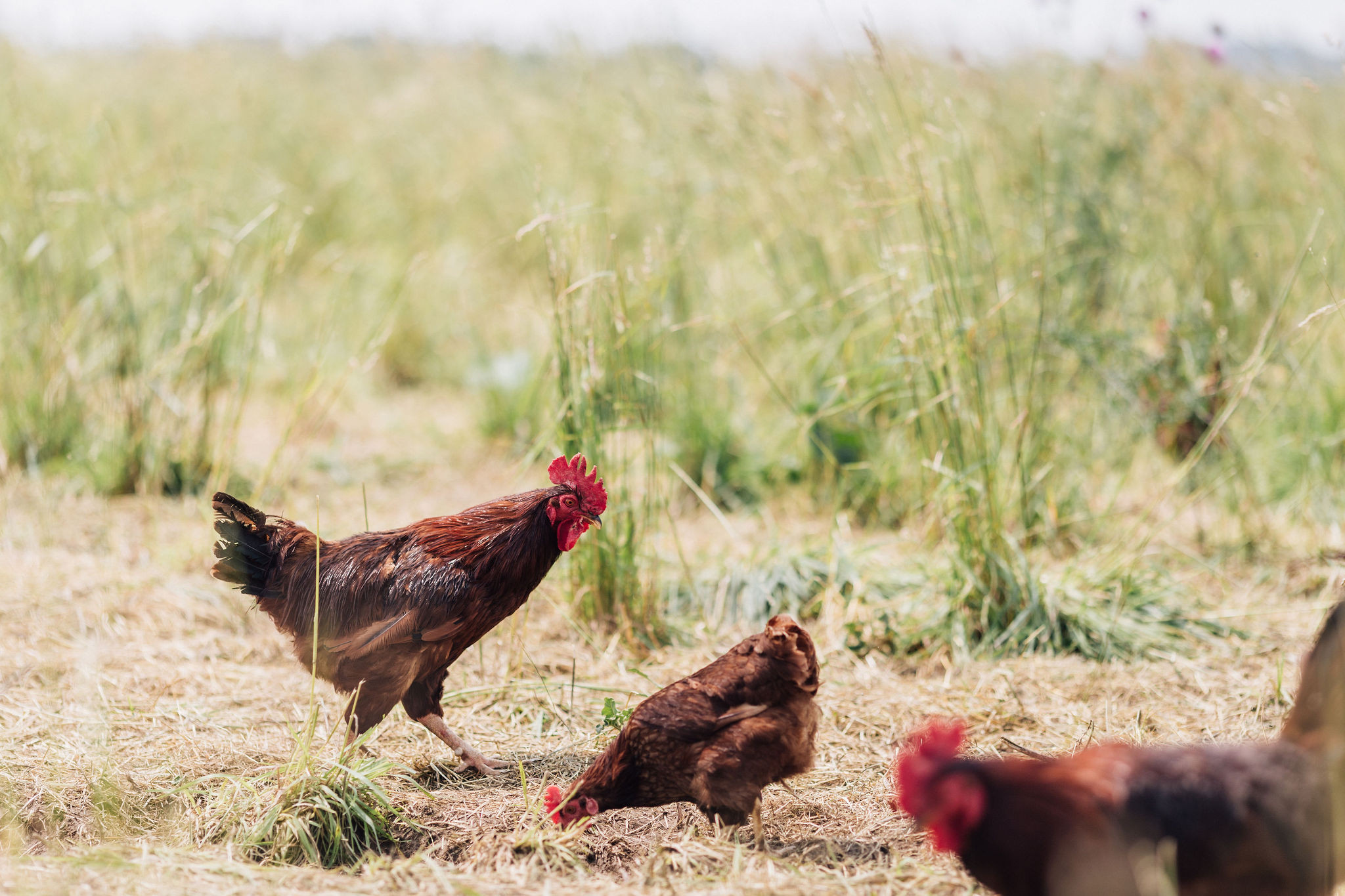Soy free is more expensive… or is it?
posted on
August 21, 2020
There is only one reason soy is in animal feed - it’s cheap!!!
Soy is government subsidized. About 70% of the cost of soy is paid by the government, which warps the actual cost of soy.
On top of that, the soy in animal feed is a byproduct. Most soy is grown to be made into soybean oil. What’s left is the soy fiber, which is toasted (to make it “digestible”) and added to feed.
Feeding animals soy leads to a plethora of negative health consequences.
Fed with soy is bad for the animals, the soil, the environment, and the humans that consume food produced with soy. It’s a lot to write about. If you’re curious, you can read more about the benefits of feeding chickens a soy-free feed here.
For a small farmer, this is a tough place to be. Produce more expensive healthy food or more affordable less healthy food? You can’t do both.
Farmer Aaron wants the healthiest animals that will produce a bounty of naturally healthy food for his customers and naturally healthy soil for the earth. That’s his purpose.
But… that means that his quality food and land is more expensive and not accessible to all. That is a sad thing.
Let’s think about this in a different way. Soy-free food is more expensive right now but will likely save you lots of money in the long run.
Eating a naturally healthy diet makes you healthier. We have personally heard anecdotal stores from so many of our customers!
And, this means less healthcare costs in the future! And wouldn’t that be great? It seems that the cost of healthcare keeps going up and up. People are getting sicker and sicker, becoming more and more dependent on the medical monolith. Let’s turn it around with real food.
All of Miller’s Bio Farm’s products come from animals fed a soy-free diet (with the exception of the “regular eggs” offered from time to time).
Right now, we have a LOT of soy-free eggs, which means that farmer Aaron can offer a super deal for a limited time.
Buy a 15 dozen soy-free egg bundle and save about 20% on soy-free eggs!
I know what you’re thinking - that’s a lot of eggs!!! Here’s a few tips for handling an enormous amount of eggs.
1 - The “sell buy” date for eggs is set at 6 weeks past the pack date. That is what the USDA requires. However, when refrigerated, eggs should easily last about 4 weeks past their “sell buy” date.
2 - Deals like this are worth shouting out to your like minded community. Buy 15 dozen and split it with a couple friends.
3 - You can freeze eggs! Crack them, stir them up, and freeze in portions. They will last up to a year with no degradation in the freezer.
Enjoy the food, and enjoy the eggs!




